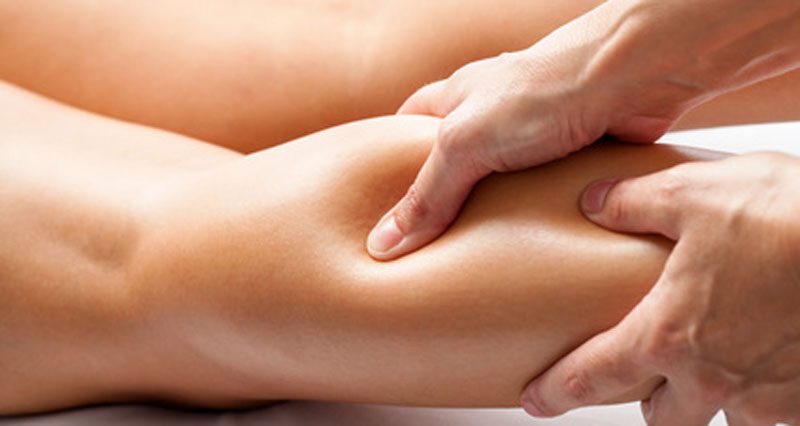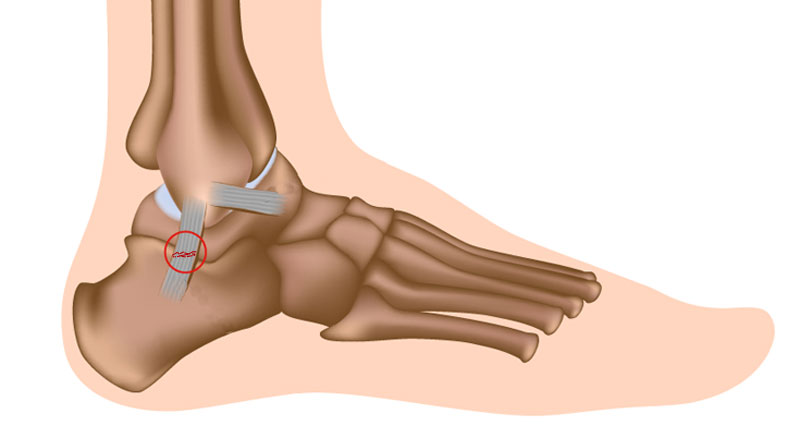Some sports massage therapists use myofascial techniques that focus on stretching the fascia. These are the connective tissues surrounding muscles, tendons, and ligaments in the body.
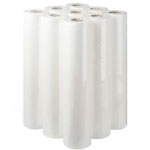
Paper Couch Rolls
Myofascial massage techniques involve the therapist applying forces in opposing directions, which relaxes the tissues. It can help ease pain and increase mobility in the tissues and surrounding muscles.
What does Myofascial mean?
The word myofascial comes from the Latin words ‘myo’ meaning muscle and ‘fascia’ meaning band. Fascia is a connective tissue, also sometimes known as fibrous bands, which surrounds all muscles, tendons, ligaments, bones, and organs within the body. The fascia consists of a network of hollow tubules made up of collagen and elastin.
Fascia itself is very strong, flexible, and dynamic and so responds well to stretching. The fascia loses its elasticity through physical and emotional trauma and poor posture. This results in the fascia hardening and the general flexibility of both the fascia and the muscle it surrounds, decreases.
What are myofascial massage techniques?
Massage therapists often use Myofascial release techniques to treat sports injuries. The aim is to stretch the fascia or connective tissue that surrounds muscles. Usually, they apply forces in opposite directions with the hands, or sometimes just the fingers when treating small areas.
Starting gently, your therapist increases the force applied to the muscle as they feel the tissues relax. Some therapists may treat larger areas using their forearms. Once they feel a particular area has fully relaxed, they move on to the next area to be treated.
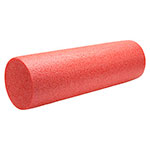
Foam Rollers
Does it hurt?
This form of treatment is very gentle and should not hurt. Many patients find it extremely relaxing. Massage therapists are unlikely to use oil or cream as a lubricant during myofascial release, as they can get a firmer grip on the skin during treatment.
Many conditions are treated using Myofascial release techniques. These include:
- Fibromyalgia.
- Chronic fatigue syndrome.
- Back pain.
- Poor posture.
- Carpal tunnel syndrome.
- Headaches.
- Tennis elbow.
- Arthritis.
- Scoliosis.
- Whiplash.
Self Myofascial Release
You can perform myofascial release on your own muscles using a foam roller. These are a popular addition to athletes kitbags these days.
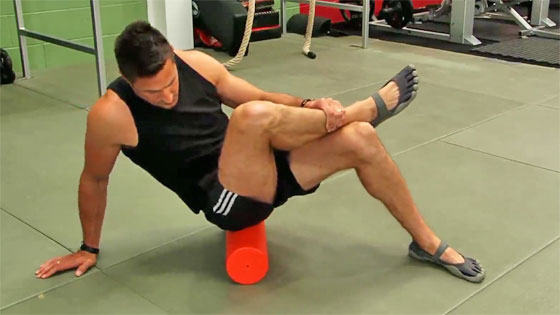
Many athletes incorporate foam roller exercises into their pre-training warm-up routines. To use a foam roller:
- Lie your body weight on to the foam roller and move slowly up and down the targeted muscle group to apply a stretch.
- If you feel a painful area, rest on the area for 30-60 seconds.
- Using this technique at home in between professional treatments can help to improve the effectiveness of the treatment.
- Foam rollers are often used for the treatment of Iliotibial band syndrome and muscle injuries.
Go to Foam roller exercises.
